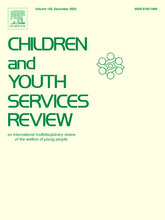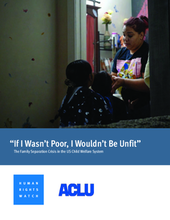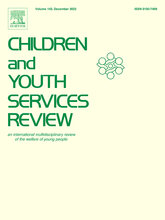Displaying 161 - 170 of 2215
Linking adoption to abortion so casually, with no further elaboration, reveals a particular view of the world. The logic seems so clear: Lots of parents want to adopt babies, the babies who will no longer be aborted could be those babies. Two incredibly complex social issues, one easy almost-beautifully reductive solution. But of course, the reality isn’t so simple.
The U.S. Supreme Court is considering a challenge to the Indian Child Welfare Act, also known as ICWA, enacted in 1978 to put in place adoption protections for Native American and Alaska Native children. If those protections are overturned, it would make it easier for non-native families to adopt a native child.
In this U.S.-based study, the authors found that increasing the affordability of fostering a child could increase foster care capacity. They examine the impacts of changing economic conditions on the number of children in foster care.
This is the story of three people deeply touched by American safe haven laws.
Twenty-five years ago, President Bill Clinton signed the Adoption and Safe Families Act. Passed in 1997, with broad bipartisan support, ASFA reflected a genuine commitment to the well-being of children and concern over them spending long months and even years in different foster care homes. Adoption was positioned as a positive and permanent solution for children in temporary care placements. Today, adoption is in the news again, especially with the Supreme Court’s Dobbs decision, which ended the legal right to an abortion.
This Human Rights Watch report examines removals of children and termination of parental rights by state child welfare systems in the U.S., focusing primarily on four states: California, New York, Oklahoma, and West Virginia.
The US child welfare system punishes people for living in poverty and disproportionately impacts Black and Indigenous families, according to a new report produced by Human Rights Watch and the American Civil Liberties Union. The failures of the system can haunt families for decades by limiting their employment opportunities and exacerbating a cycle of poverty that can trap successive generations in the child welfare net.
Native Americans are speaking out decades later about the abuses and indignities they endured at a school designed to “kill the Indian” in them.
This case study outlines the financial impact of the transition of Bridges Safehouse, an organization that provided support to a total of 834 children, youth and adults, through their residential and community-based intervention programs combined.
Using national child welfare data, the authors examined a subset of foster children (7%) who entered care due to parental incarceration in the U.S.




